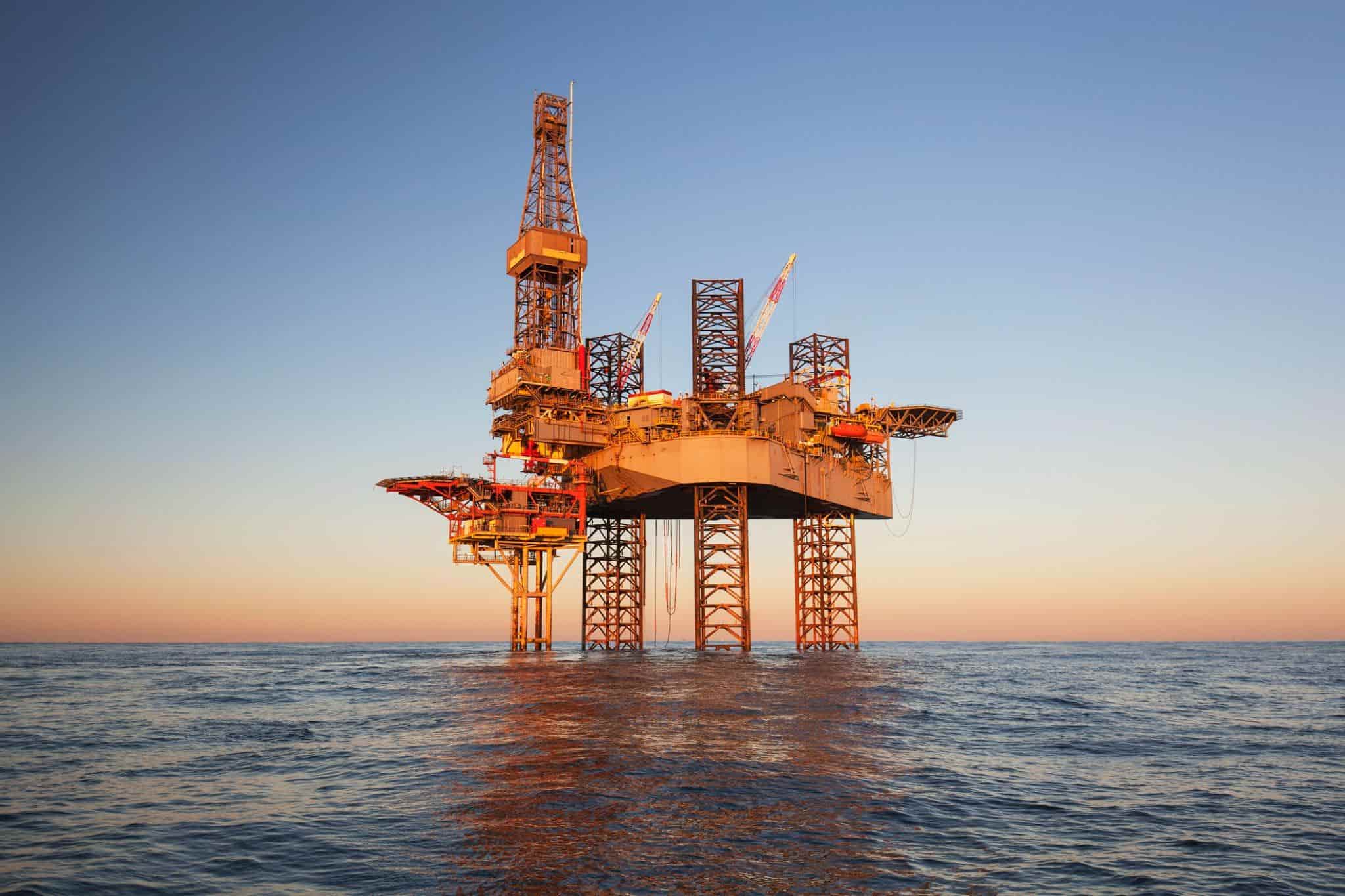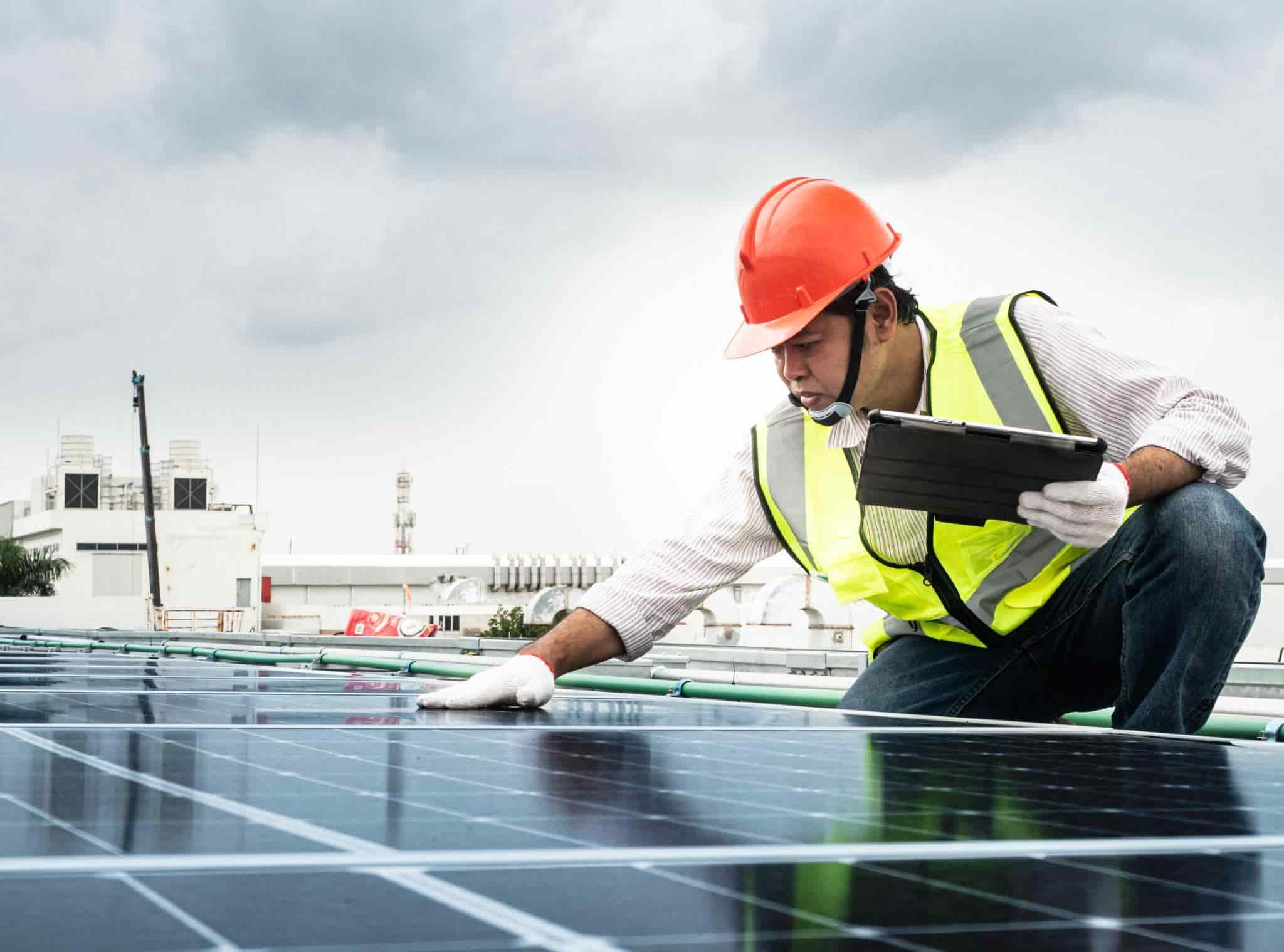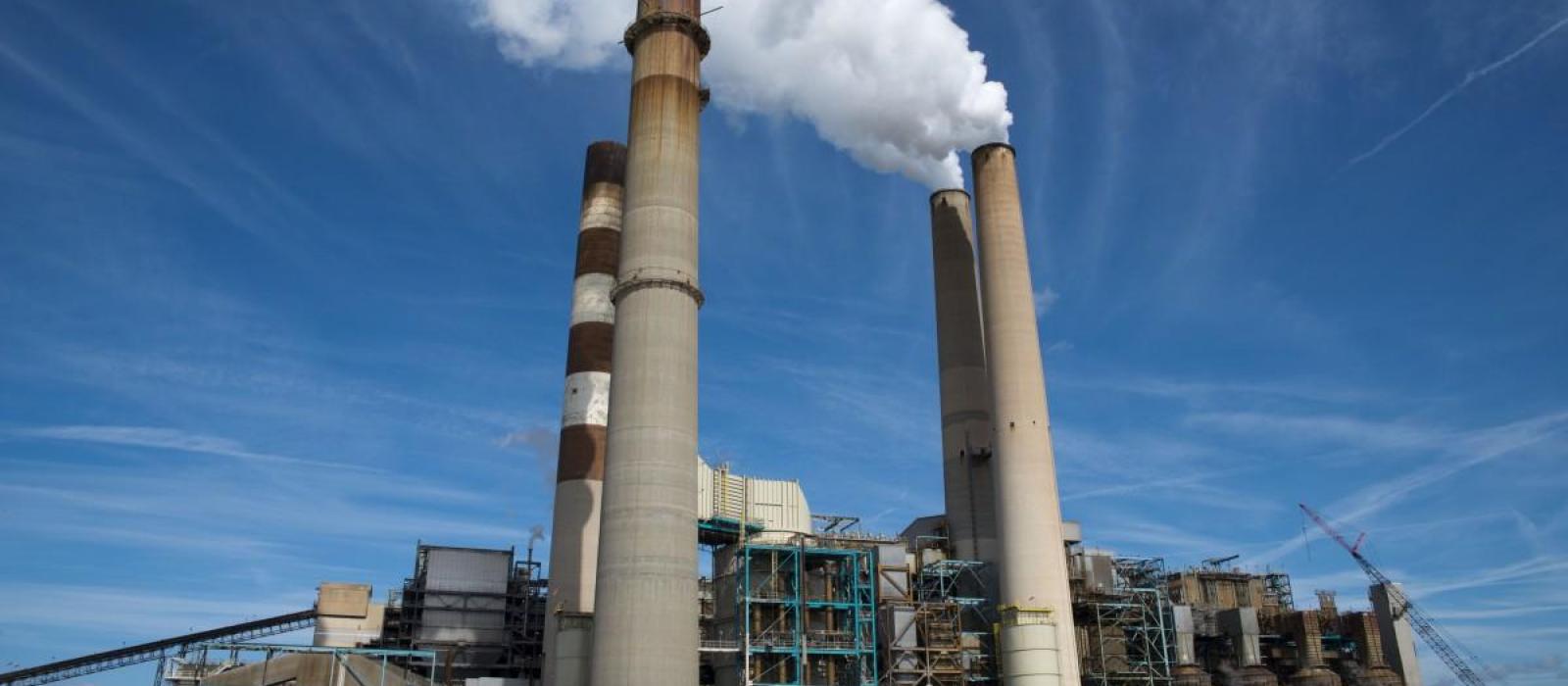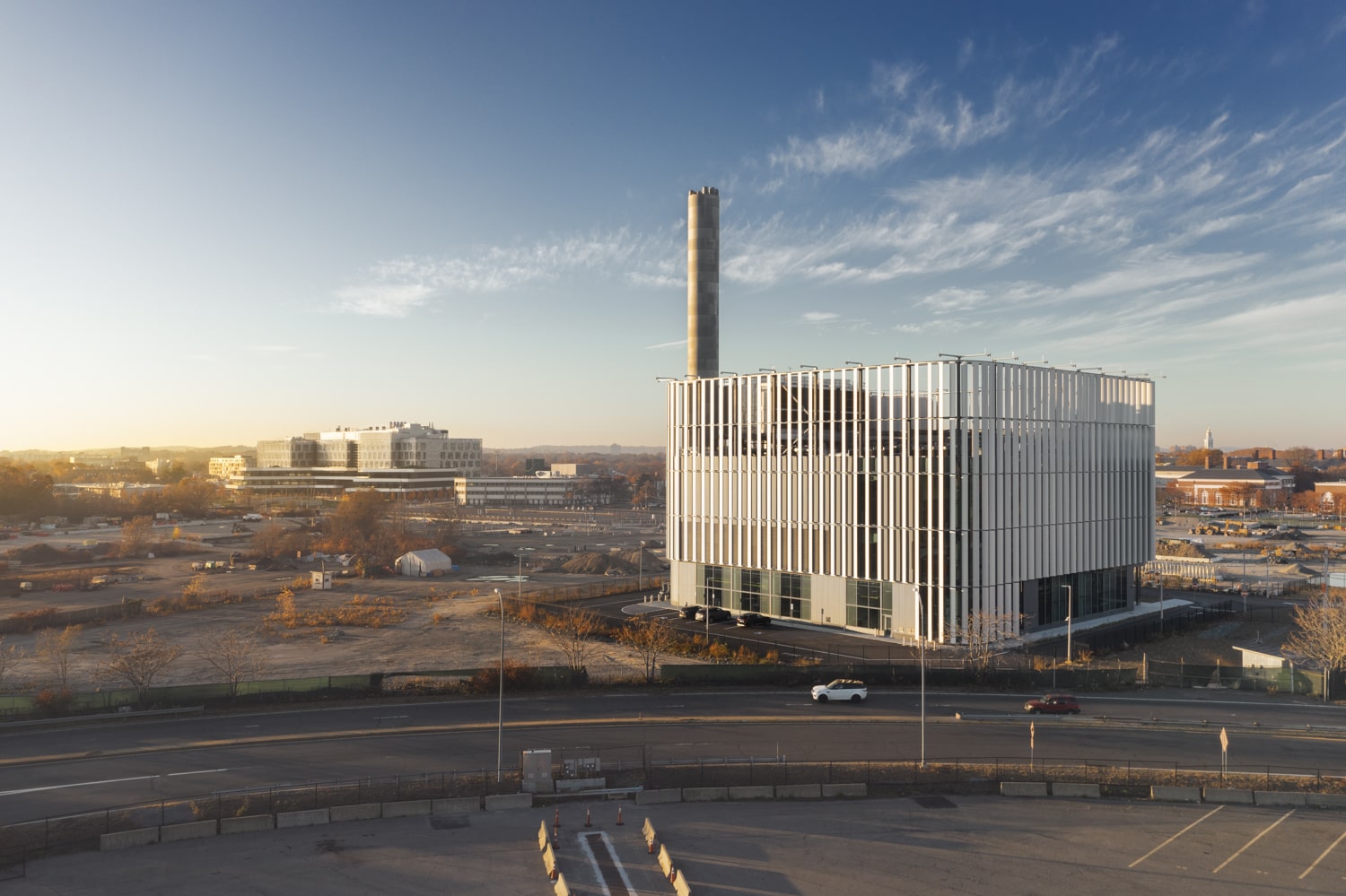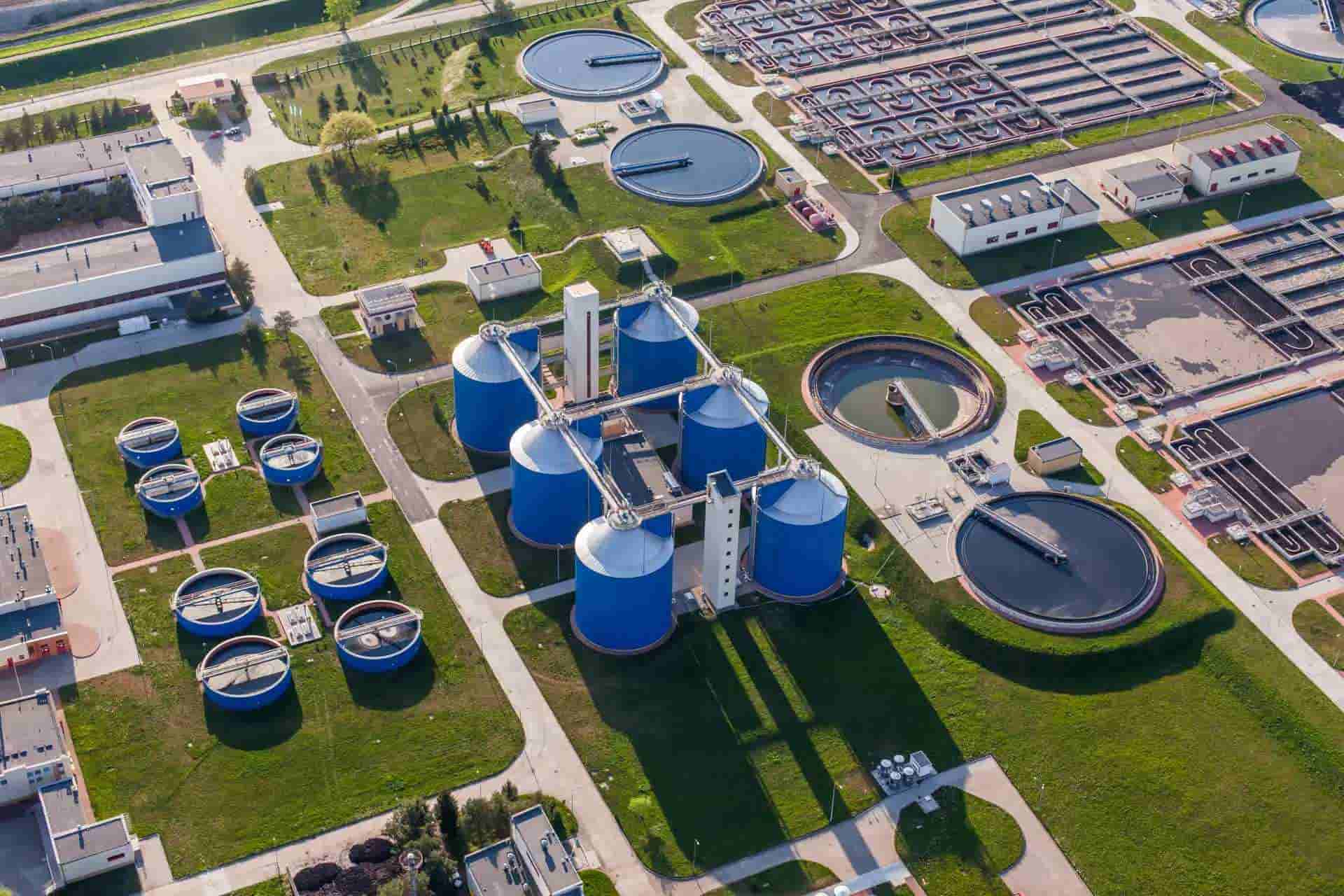Trigeneration, commonly known as combined cooling, heat, and power (CCHP), is an innovative energy generation technology that maximizes cogeneration plant heat use.
Trigeneration systems generate electricity, heat, and chilled water for air conditioning or refrigeration.
Trigeneration entails connecting an absorption chiller to a CHP system. The absorption chiller generates chilled water using power producing waste heat. Air conditioning, industrial cooling, and refrigeration require chilled water.
Combining Cooling With Heat and Power Benefits
It improves energy efficiency and reduces environmental impact by using waste heat. Trigeneration systems use waste heat to cool, saving energy compared to separate power, heating, and cooling systems.
Quadgeneration purifies engine exhaust carbon dioxide, extending trigeneration. Capturing and reducing greenhouse gas emissions improves system sustainability.
Applications
- Hospitals, hotels, shopping malls, and offices use CCHP systems. These systems supply these facilities’ electricity, heating, and cooling. Space heating, hot water production, and air conditioning absorption chillers recycle waste heat from power generation, lowering energy use and energy system dependence.
- CCHP systems help power, heat, and cool industrial processes. CCHP efficiently powers factories, food processors, pharmaceutical firms, and data centers. Power production heats drying, sterilizing, and chemical operations. Industrial cooling needs CCHP.
- District Energy Systems: CCHP systems can be integrated into energy delivery networks. CCHP systems can transfer extra power, heat, and cooling to surrounding buildings, maximizing energy efficiency and minimizing energy use.
- Colleges, universities, and schools use CCHP systems for energy. Classrooms, offices, and labs need electricity, heating, and cooling. CCHP systems reduce costs and environmental effect by efficiently utilising waste heat and energy.
Energy Supply
1. Electricity Generation:
Trigeneration systems generate electricity. A generator turns mechanical energy into electrical energy using primary energy. Lighting, appliances, machinery, and other electrical loads can be powered by this electricity.
2. Heating:
Trigeneration systems use waste heat from power production to heat. Heat exchangers or boilers can utilise waste heat to produce hot water or steam for space heating, home hot water, or industrial applications. Trigeneration systems boost energy efficiency and reduce heating system use by capturing waste heat.
3. Cooling:
Trigeneration waste heat cools. Waste heat can be used to cool air or water with adsorption chillers. This cooled water or air cools air, refrigeration, and process. Trigeneration cooling optimizes waste heat usage and decreases cooling system needs.
Trigeneration’s advantages over conventional refrigeration:
- Trigeneration systems save energy and money.
- Cost savings: Generating power, heating, and cooling simultaneously removes the need for separate systems.
- Trigeneration decreases greenhouse gas emissions and promotes sustainability.
- Energy Resilience: Independent functioning during power outages guarantees energy, heating, and cooling.
- Trigeneration systems are customizable and easy to connect into existing infrastructure.
- Waste heat usage boosts energy resource efficiency.





